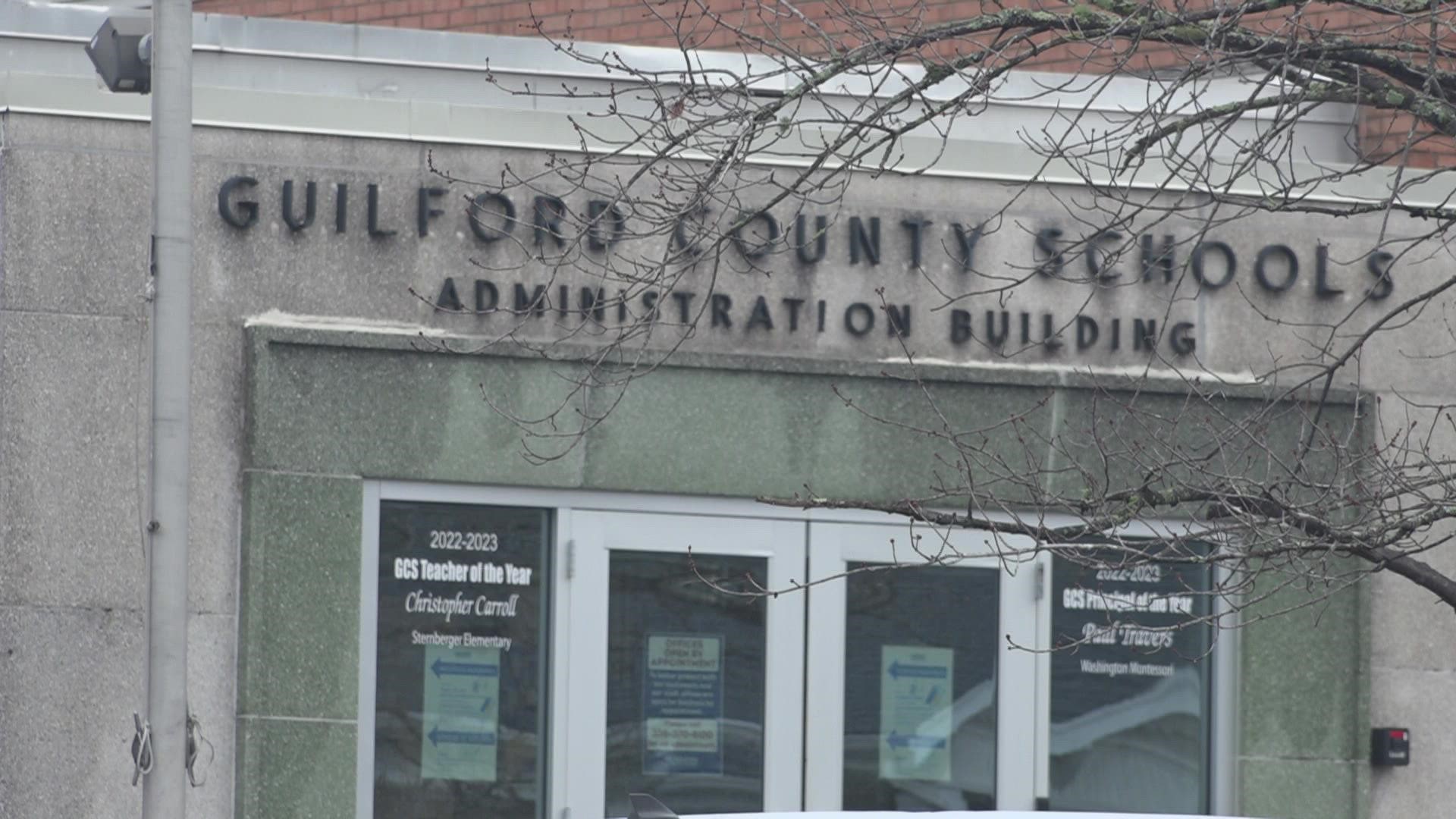GREENSBORO, N.C. — This time last year snow and ice were covering the ground causing hazardous driving conditions.
Triad school districts were either remote.. or closed altogether for the week.
So far, we haven't seen anything like that this year but winter is far from over.
That’s why Guilford County Schools called a meeting Tuesday to share the steps it takes when considering canceling school.
School cancellations, early dismissals, and late openings are a headache for most families.
Mike Richey with Guilford County schools said it's a tough call to make but student safety is their top priority.
“This time of year everyone is worried about a decision,” Richey said. “What we’ve learned is no decision we make will be right to everyone.”
Richey said they use a specific process before deciding to close schools.
First, district leaders and other important players meet multiple times a week with the National Weather Service to look at the forecast. From November. to April they meet three.
The district also monitors local weather channels and apps to have several sources.
Around 3 a.m. on the morning of expected bad weather, transportation professionals drive through the problem areas.
Then a district committee makes a decision.
“Guilford county had three different micro climbs in it so the northwest section of the county has different weather than the southeast. So we have to take a holistic approach to the county when making weather decisions,” Richey said. “If one section of the county isn't passable we consider the entire county impassible so therefore we will not have school anywhere.”
GCS said its goal is to let families know about closings through Connect Ed and with a phone call by 10 p.m. the night before.
If it's a morning decision, they try to get the word out by 5:30 am.
It's a similar process for spring weather, like high winds or tornadoes.
“If we can avoid it we do not run buses at higher than 40 miles an hour wind,” Richey said. “They are large rectangular boxes and wind can move them quickly and easily in every direction.”
Richey said they also consider the nearly 6,000 teenage drivers who will drive themselves to school.
A decision that could have major consequences if not considered carefully.

